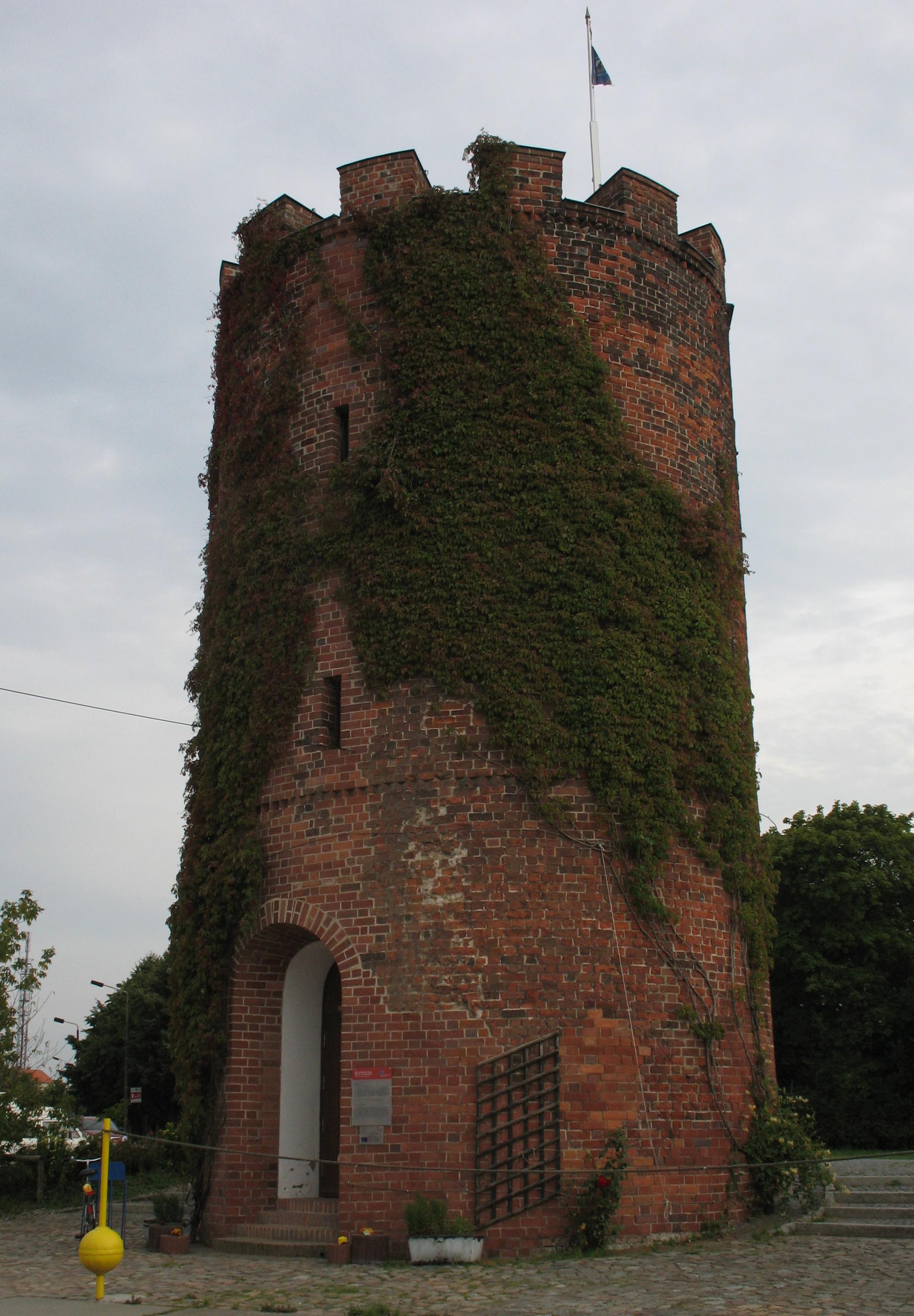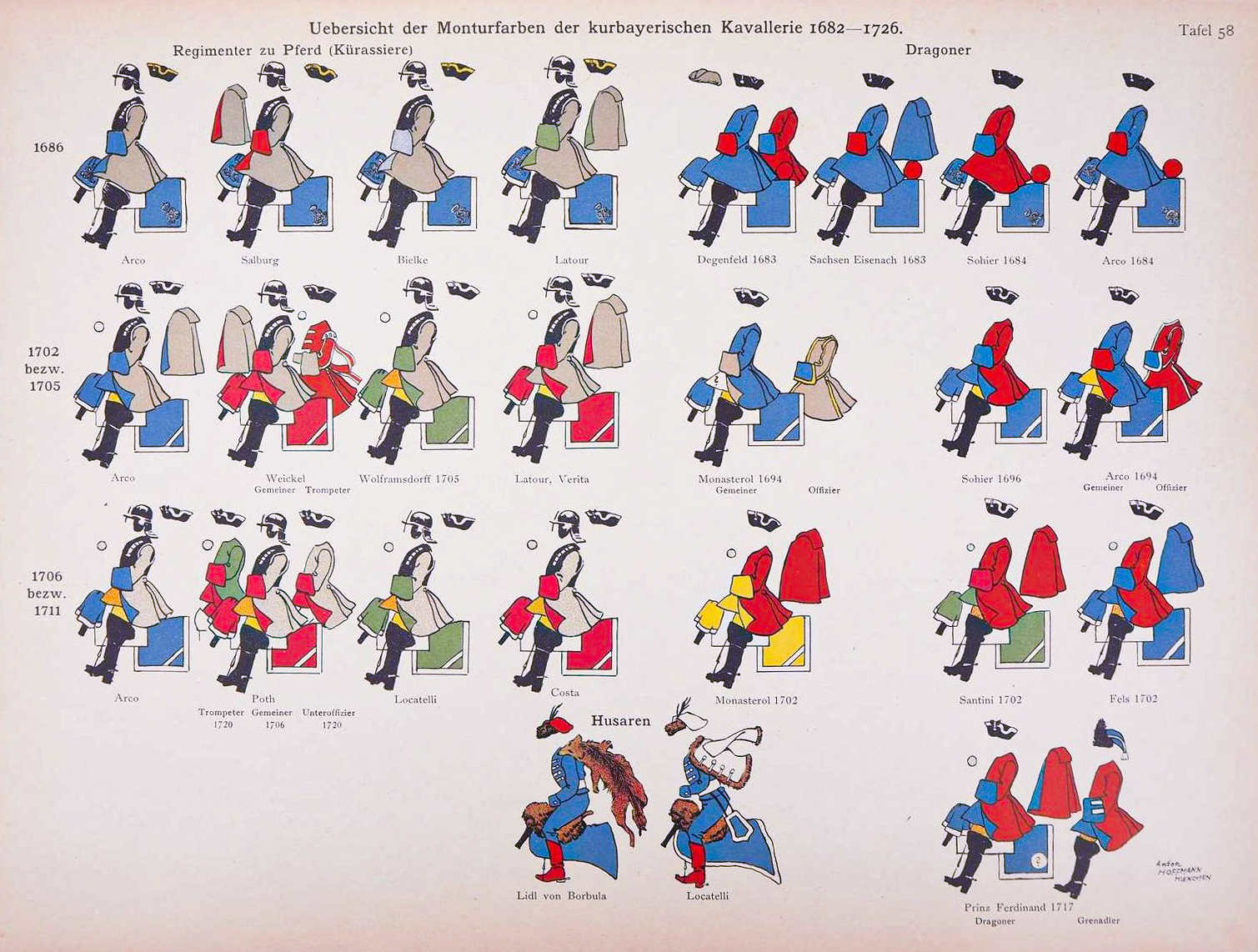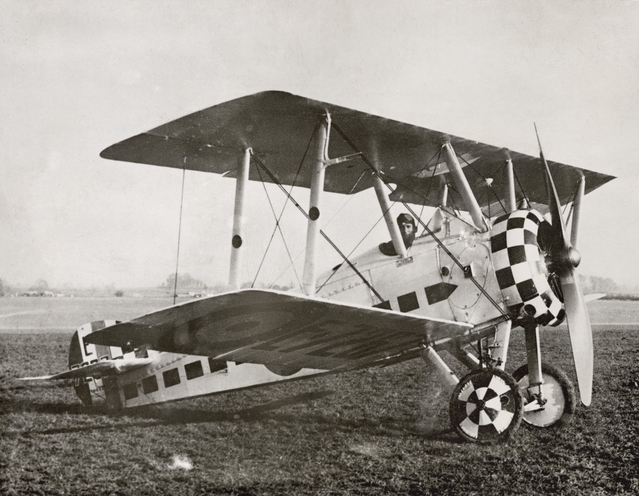|
Kurt Wolff (World War I Ace)
''Oberleutnant'' Kurt Robert Wilhelm Wolff PlM (6 February 1895 – 15 September 1917) was one of Imperial Germany's highest-scoring fighter aces during World War I. The frail youthful orphan originally piloted bombers before being picked by Manfred von Richthofen to join ''Jagdstaffel 11'' (Fighter Squadron 11) in the burgeoning Imperial German Air Service. Under the tutelage of Richthofen, Wolff would shoot down 33 enemy aircraft in four months, including 22 victims during the Royal Flying Corps' disastrous Bloody April, 1917. Wolff scored victories so rapidly he outran the Prussian awards system; although the Pour le Merite was customarily awarded after a fighter ace's 20th victory, Wolff's was not received until after his 29th. On 6 May 1917, after this 29th victory, Wolff was transferred to command '' Jagdstaffel 29'' and score two victories. When Richthofen moved up from ''Jagdstaffel 11'' to become the wing commander of the Flying Circus, his replacement as ''Jagdstaff ... [...More Info...] [...Related Items...] OR: [Wikipedia] [Google] [Baidu] |
Greifswald
Greifswald (), officially the University and Hanseatic City of Greifswald (, Low German: ''Griepswoold'') is the fourth-largest city in the German state of Mecklenburg-Western Pomerania after Rostock, Schwerin and Neubrandenburg. In 2021 it surpassed Stralsund for the first time, and became the largest city in the Pomeranian part of the state. It sits on the River Ryck, at its mouth into the Danish Wiek, a sub-bay of the Bay of Greifswald, which is itself a sub-bay of the Bay of Pomerania of the Baltic Sea. It is the seat of the district of Vorpommern-Greifswald, Western Pomerania-Greifswald, and is located roughly in the middle between the two largest Pomeranian islands of Rügen and Usedom. The closest larger cities are Stralsund, Rostock, Szczecin and Schwerin. It lies west of the River Zarow, the historical cultural and linguistic boundary between West (west of the river) and Central Pomerania (east of the river). The city derives its name from the dukes of Pomerania, the Hous ... [...More Info...] [...Related Items...] OR: [Wikipedia] [Google] [Baidu] |
Royal Flying Corps
The Royal Flying Corps (RFC) was the air arm of the British Army before and during the First World War until it merged with the Royal Naval Air Service on 1 April 1918 to form the Royal Air Force. During the early part of the war, the RFC supported the British Army by artillery co-operation and photographic reconnaissance. This work gradually led RFC pilots into aerial battles with German pilots and later in the war included the strafing of enemy infantry and emplacements, the bombing of German military airfields and later the strategic bombing of German industrial and transport facilities. At the start of World War I the RFC, commanded by Brigadier-General Sir David Henderson, consisted of five squadrons – one observation balloon squadron (RFC No 1 Squadron) and four aeroplane squadrons. These were first used for aerial spotting on 13 September 1914 but only became efficient when they perfected the use of wireless communication at Aubers Ridge on 9 May 1915. Ae ... [...More Info...] [...Related Items...] OR: [Wikipedia] [Google] [Baidu] |
La Brayelle Airfield
La Brayelle Airfield was one of the first Aerodrome, airfields in France. It was situated west of Douai, in the Nord (French department), Nord Departments of France, département in northern France. It was host to the world's first aviation meeting, home to Bréguet Aviation, and an important airfield in the First World War (WW1). It is occasionally referred to as Douai-Brayelles airfield. There were several other airfields in the area of Douai, especially during WW1, so the term 'Douai Airfield' may or may not refer to La Brayelle. Early years In 1900 brothers Jacques and Louis Charles Breguet, Louis Breguet were running a factory producing electric motors and dynamos at La Brayelle. A friend, psychologist Professor Charles Richet, persuaded them to look into the then novel aviation industry. In 1902 Louis built a wind tunnel in the factory and his research started. The first product was the Bréguet-Richet Gyroplane No.1, a machine with four sets of four biplane rotors drive ... [...More Info...] [...Related Items...] OR: [Wikipedia] [Google] [Baidu] |
Commission (document)
A commission is a formal document issued to appoint a named person to high office or as a commissioned officer in a territory's armed forces. A commission constitutes documentary authority that the person named is vested with the powers of that office and is empowered to execute official acts. A commission often takes the form of letters patent. Commissions are typically issued in the name of or signed by the head of state. In Commonwealth realms, the documentation is referred to as a King's Commission or Queen's Commission (depending on the gender of the reigning monarch). However, in Commonwealth realms other than the United Kingdom, they may be signed by the governor-general, the representative of the monarch of that realm. Terminology Because the word "commission" can also refer generally to an individual's duty, the more specific terms commissioning parchment or commissioning scroll are often used to specify the commissioning document. However the document is not usually ... [...More Info...] [...Related Items...] OR: [Wikipedia] [Google] [Baidu] |
Bavarian Army
The Bavarian Army () was the army of the Electorate of Bavaria, Electorate (1682–1806) and then Kingdom of Bavaria, Kingdom (1806–1918) of Bavaria. It existed from 1682 as the standing army of Bavaria until the merger of the military sovereignty () of Bavaria into that of the German State in 1919. The Bavarian Army was never comparable to the armies of the Great Powers of the 19th century, but it did provide the Wittelsbach dynasty with sufficient scope of action, in the context of effective alliance politics, to transform Bavaria from a territorially-disjointed small state to the second-largest state of the German Empire after Prussia. History 1682–1790: From the first standing army to the Napoleonic Wars The of 1681 obliged Bavaria to provide troops for the Army of the Holy Roman Empire, Imperial army. Moreover, the establishment of a standing army was increasingly seen as a sign of nation state, nation-statehood. At a field camp in Schwabing on 12 October 1682, the ... [...More Info...] [...Related Items...] OR: [Wikipedia] [Google] [Baidu] |
East Prussia
East Prussia was a Provinces of Prussia, province of the Kingdom of Prussia from 1772 to 1829 and again from 1878 (with the Kingdom itself being part of the German Empire from 1871); following World War I it formed part of the Weimar Republic's Free State of Prussia, until 1945. Its capital city was Königsberg (present-day Kaliningrad). East Prussia was the main part of the Prussia (region), region of Prussia along the southeastern Baltic Sea, Baltic Coast. The bulk of the ancestral lands of the Baltic Old Prussians were enclosed within East Prussia. During the 13th century, the native Prussians were conquered by the crusading Teutonic Knights. After the Northern Crusades, conquest the indigenous Balts were gradually converted to Christianity. Because of Germanization and colonisation over the following centuries, Germans became the dominant ethnic group, while Polish people, Poles and Lithuanians formed sizeable minorities. From the 13th century, the region of Prussia was part ... [...More Info...] [...Related Items...] OR: [Wikipedia] [Google] [Baidu] |
Klaipėda
Klaipėda ( ; ) is a city in Lithuania on the Baltic Sea coast. It is the List of cities in Lithuania, third-largest city in Lithuania, the List of cities in the Baltic states by population, fifth-largest city in the Baltic States, and the capital of Klaipėda County, as well as the only major seaport in the country – the Port of Klaipėda, which is also the busiest port in the Baltic States. The city has a complex recorded history, partially due to the combined regional importance of the usually ice-free port at the mouth of the river . It was located in Lithuania Minor, and the State of the Teutonic Order and Duchy of Prussia under the suzerainty of the Polish–Lithuanian Commonwealth, then the Kingdom of Prussia and German Empire, within which it was the northernmost big city until it was placed under French occupation in 1919. From 1923, the city was part of Lithuania until its annexation by Nazi Germany in 1939, and after World War II it was part of the Lithuanian Soviet ... [...More Info...] [...Related Items...] OR: [Wikipedia] [Google] [Baidu] |
Pomerania
Pomerania ( ; ; ; ) is a historical region on the southern shore of the Baltic Sea in Central Europe, split between Poland and Germany. The central and eastern part belongs to the West Pomeranian Voivodeship, West Pomeranian, Pomeranian Voivodeship, Pomeranian and Kuyavian-Pomeranian Voivodeship, Kuyavian-Pomeranian voivodeships of Poland, while the western part belongs to the German states of Mecklenburg-Western Pomerania and Brandenburg. Pomerania's historical border in the west is the Mecklenburg-Western Pomeranian border ''Urstromtal'', which now constitutes the border between the Mecklenburgian and Pomeranian part of Mecklenburg-Western Pomerania, while it is bounded by the Vistula River in the east. The easternmost part of Pomerania is alternatively known as Pomerelia, consisting of four sub-regions: Kashubia inhabited by ethnic Kashubians, Kociewie, Tuchola Forest and Chełmno Land. Pomerania has a relatively low population density, with its largest cities being Gdańsk ... [...More Info...] [...Related Items...] OR: [Wikipedia] [Google] [Baidu] |
Norman MacGregor
Norman Miers MacGregor (29 May 1896 – 1981) was a British World War I flying ace credited with seven aerial victories, including over German ace Kurt Wolff. Military service MacGregor entered the RNAS as a probationary flight sub-lieutenant (temporary), assigned to , on 12 February 1916, and was commissioned as a flight sub-lieutenant, with seniority from 12 February, on 25 July. Assigned to No. 6 (Naval) Squadron in France, flying the Sopwith Camel, MacGregor gained his first aerial victory on 28 June 1917 when he and Flight Sub-Lieutenant F. C. Winter destroyed a DFW Type C reconnaissance aircraft. On 17 August MacGregor, alongside Flight Commander Bruno De Roeper and Flight Sub-Lieutenant R. E. Carroll, were credited with driving down out of control an Aviatik Type C reconnaissance aircraft east of Westende. MacGregor and De Roeper drove down an Albatros D.V over Moere on 20 August, and on the 22nd MacGregor destroyed an Albatros D.III solo north of St. Pierre Chap ... [...More Info...] [...Related Items...] OR: [Wikipedia] [Google] [Baidu] |
Sopwith Camel
The Sopwith Camel is a British First World War single-seat biplane fighter aircraft that was introduced on the Western Front in 1917. It was developed by the Sopwith Aviation Company as a successor to the Sopwith Pup and became one of the best-known fighter aircraft of the Great War. Pilots flying Camels were credited with downing 1,294 enemy aircraft, more than any other Allied fighter of the conflict. Towards the end of the war, Camels lost their edge as fighters and were also used as a ground-attack aircraft. The Camel was powered by a single rotary engine and was armed with twin synchronized Vickers machine guns. It was difficult to fly, with 90% of its weight in the front two metres (seven feet) of the aircraft, but it was highly manoeuvrable in the hands of an experienced pilot, a vital attribute in the relatively low-speed, low-altitude dogfights of the era. Its pilots joked that their fates would involve "a wooden cross, the Red Cross, or a Victoria Cross". T ... [...More Info...] [...Related Items...] OR: [Wikipedia] [Google] [Baidu] |
Dogfight
A dogfight, or dog fight, is an air combat manoeuvring, aerial battle between fighter aircraft that is conducted at close range. Modern terminology for air-to-air combat is air combat manoeuvring (ACM), which refers to tactical situations requiring the use of individual basic fighter maneuvers (BFM) to attack or evade one or more opponents. This differs from aerial warfare, which deals with the strategy involved in planning and executing various missions. Dogfighting first occurred during the Mexican Revolution in 1913, shortly after the invention of the airplane. It was a component of every major war after that, though with steadily declining frequency, until the end of the Cold War in the early 1990s. Since then, longer-range weapons such as beyond-visual-range missiles have made dogfighting largely obsolete. Etymology The term ''dogfight'' has been used for centuries to describe a melee: a fierce, fast-paced close quarters battle, battle at close quarters between two or mo ... [...More Info...] [...Related Items...] OR: [Wikipedia] [Google] [Baidu] |






